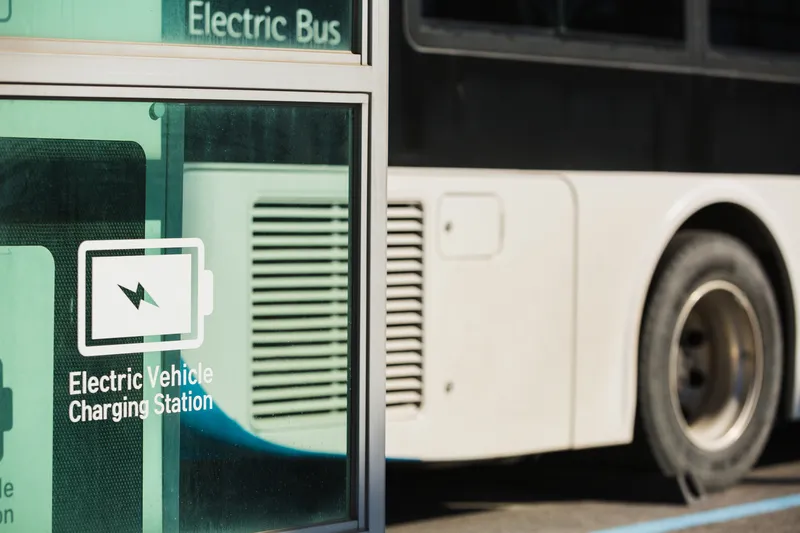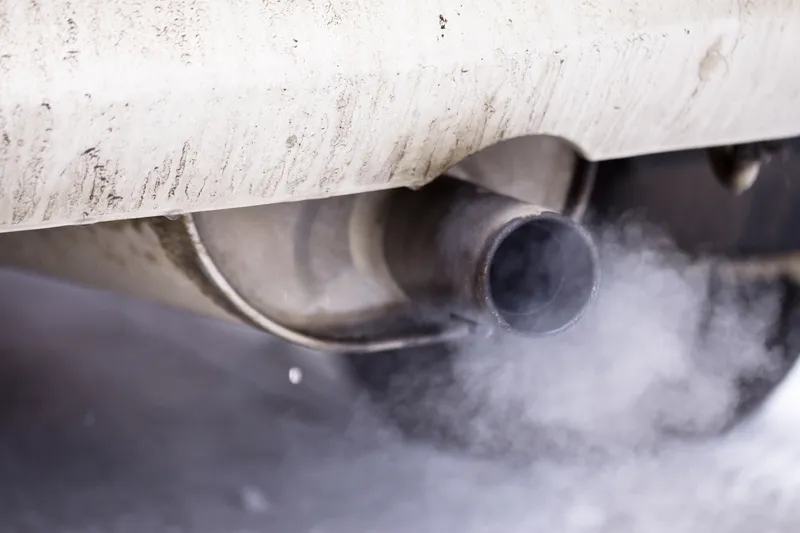
The Anaheim Transportation Network (ATN) in California has won a $5 million grant to support its ambition of operating an all-electric bus fleet by 2025.
ATN's public transportation network connects riders through the county’s regional transit hub, Anaheim Regional Transportation Intermodal Center, to Metrolink commuter services and the interstate Amtrak system.
Funds provided by the California Energy Commission’s Clean Transportation programme will assist in the purchase, installation and integration of ATN’s MicroGrid and solar charging infrastructure.
The infrastructure includes multiple Tesla MegaPack battery energy storage systems, microgrid controller units and heavy-duty all-electric battery charging stations at both of ATN’s facilities in the city.
ATN executive director Diana Kotler says: “In addition to ATN’s own investments, we have been working to establish partnerships and other local funding opportunities in order to realise the environmental and economic benefits of a fully solar-charged bus fleet.”
ATN is working with Amply Power to manage charging operations, including the design, installation, operations and maintenance.
This 20-year agreement includes the construction of a 545kW solar canopy, which is expected to provide 25% of the total expected energy consumption.









